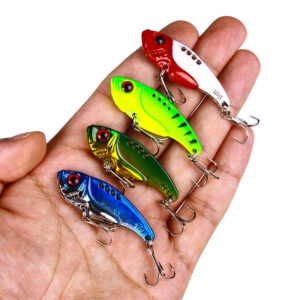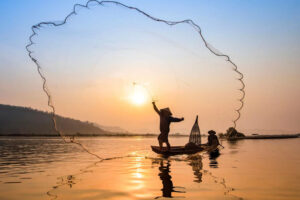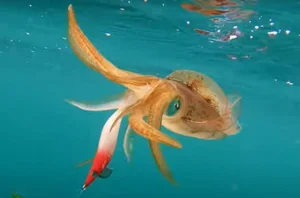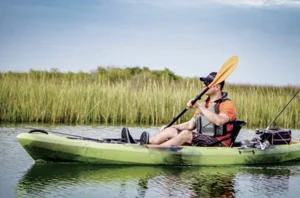While knowledge, equipment, and techniques continue to advance to help anglers pinpoint and catch bass, there is still a lot of trial and error involved in fishing. While trying new techniques and new waters is a necessary step in becoming a better angler, you still want to minimize mistakes.
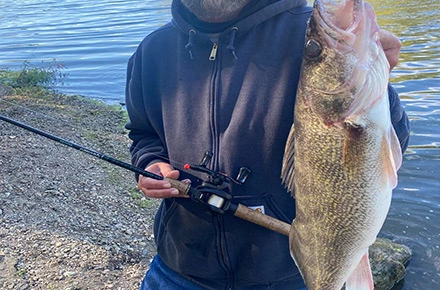
Common mistakes made by bass anglers vary in frequency and severity. Some are unavoidable. However, once pointed out, most mistakes are easy to spot and can be corrected with attention and forethought. Addressing them can make you a better angler.
Whether you make a few or many mistakes, don’t be ashamed of your mistakes. They are not the end of the world. Just understanding how they affect your fishing success is enough incentive to correct them. And correcting these mistakes isn’t that hard. And correcting them is easy. Here are five of the most common mistakes and how to correct them:
1. Don’t be in a hurry to change fishing spots
We always feel that the grass is greener elsewhere, and this feeling is especially strong when bass fishing. There is always the expectation that the next laydown, dock, or stump will be better. This anticipation is indeed appealing, but the truth is that patiently fishing the current spot often results in more and bigger bass. For a bumper crop, every fishing spot deserves your careful exploration. You may hear of people catching big bass where another angler has just left. How long you stay depends on the season, the size of the spot, and the type of bass, but every spot should not be cast only once. Even a lone rock in the shallows may be worth multiple attempts. To have a reference, then try at least three casts. It’s also important to observe the water quality, for example, when the water becomes stained, bass may rely more on their lateral lines than their eyes to feed. So, it may take them some time to find your lure. The first few casts may just get their attention, and the real payoff may come on the third or fourth cast. But remember, repetition is not the same as blindness, stay focused and get the most out of each cast. You can try fishing from different angles or using different lures in the same spot to add variety and increase your success rate.
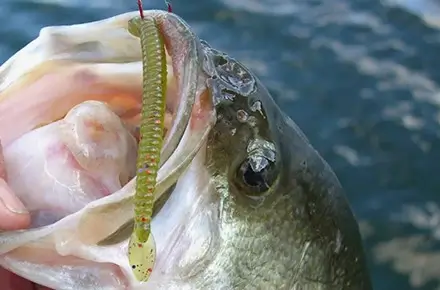
to the area you regularly fish. For example, large swimbaits will catch
big bass in lakes where they have not historically been used.
2. Don’t be afraid to try new lures
Many anglers make the mistake of only using lures they are familiar with. While this can sometimes be successful, trying new lures may lead to unexpected rewards. Not only might new lures allow you to learn new techniques, but they can also be a savior when a commonly used lure fails. Using the same lures over and over again may cause bass to lose interest, and changing conditions and environments require constant adjustments to our strategies. From color to action, to shape, to sound, there’s a lot to try with lures. Even the same lure may have multiple presentations. Bass are naturally curious and new things tend to catch their attention. So, try lures that don’t seem quite right for your regular fishing spots and you may be pleasantly surprised. Of course, when choosing lures, it’s also important to be aware that bass may bite bigger lures than you think, while sound may also be a key factor in the effectiveness of lures.
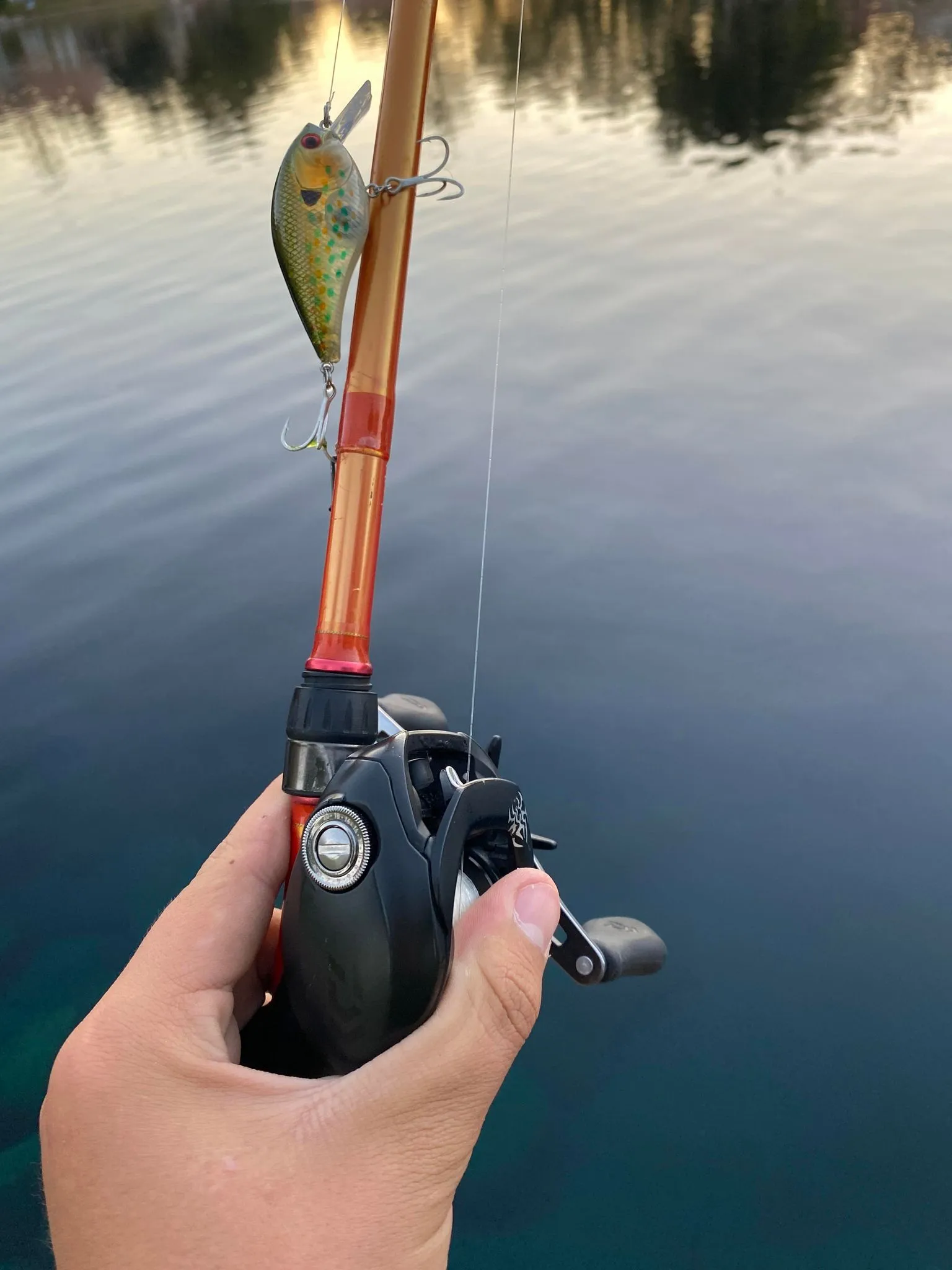
For example, taking the time to prep new hooks before putting them
in your tackle box means they’ll be ready to go when you go fishing.
3. Don’t ignore shallow water
Bass often live and feed in shallow water, and even shore anglers can easily reach these areas. For most of the year, shallow water is a popular gathering place for bass. But shallow water doesn’t mean the water is too shallow; a foot or less is more than enough for bass. The key is finding the right water quality and food sources. Additionally, the color of the water provides a sense of security for bass, helping them to avoid predators or sneak up on prey. Finding areas with plenty of cover, such as berms, docks, and reefs, will be a good strategy when fishing in shallow water. Aquatic vegetation, especially emergent and matted vegetation, are ideal hiding places for bass. Using weightless lures, such as swimbaits, is also a good choice because they can be cast farther and land with little to no disturbance to the bass. Remember, the slow fall of a lure means it stays in a limited body of water longer, increasing the chances of being spotted by bass.
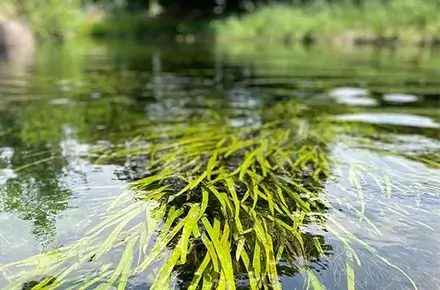
very shallow water with heavy cover and dark bottoms can warm up quickly
in early spring, attracting and energizing nearby bass.
4. Don’t Neglect Gear Maintenance
During fishing, we tend to focus too much on the fishing itself and neglect the maintenance and upkeep of our gear. Most anglers think their gear is durable enough, so they tend to put off maintenance and servicing until next time. However, by the time your gear is damaged or malfunctions, you will not only lose valuable fishing time, but you may also have to spend more money and effort to repair or replace your gear. For this reason, it’s important to check and maintain your gear regularly. This includes maintaining fishing rods, cleaning fishing lines, checking the sharpness of hooks, lubricating fishing reel bearings, and so on. Only by making sure our gear is in good condition can we enjoy fishing better and get more out of it.
5. Don’t let fishing become too serious
Fishing should be a relaxing and enjoyable activity, but sometimes we take it too seriously. When we are looking forward to fishing, we may feel frustrated and disappointed once things don’t go well. Such emotions will not only affect our fishing experience but may also make us lose interest in fishing. Therefore, we need to learn to relax our minds and enjoy the process of fishing instead of focusing too much on the results. Even if you have the best equipment and years of fishing experience, there is no guarantee that you will get a good catch every time you go fishing.Weather, fishing pressure, and other factors are beyond our control. Therefore, we should accept the ups and downs and uncertainties in fishing, take advantage of every fishing opportunity, and enjoy the fun and challenges. In this way, we can better enjoy the pleasures of bass fishing now and in the future.
There are also some other ways you can keep fishing fun:
Whenever you catch a fish, no matter how big or small, capture the moment with a photo or a short video. These precious memories will not only allow you to reminisce about the fun times you had in the past but will also inspire future fishing trips.
In conclusion, fishing is not just about catching fish. You will find more fun and surprises while exploring new waters, trying different lures, and feeling the beauty of nature. Make your fishing trips colorful so you’ll enjoy the process even more.
Get an Instant Quote With Fishkoolsports
Interested in fishing? At Fishkoolsports, we offer a wide range of fishing products including fishing lines, rods and reels, kayaks, and other fishing products at competitive prices. Reach out today for an instant quote.Get started with Fishkoolsports to begin your fishing journey.


